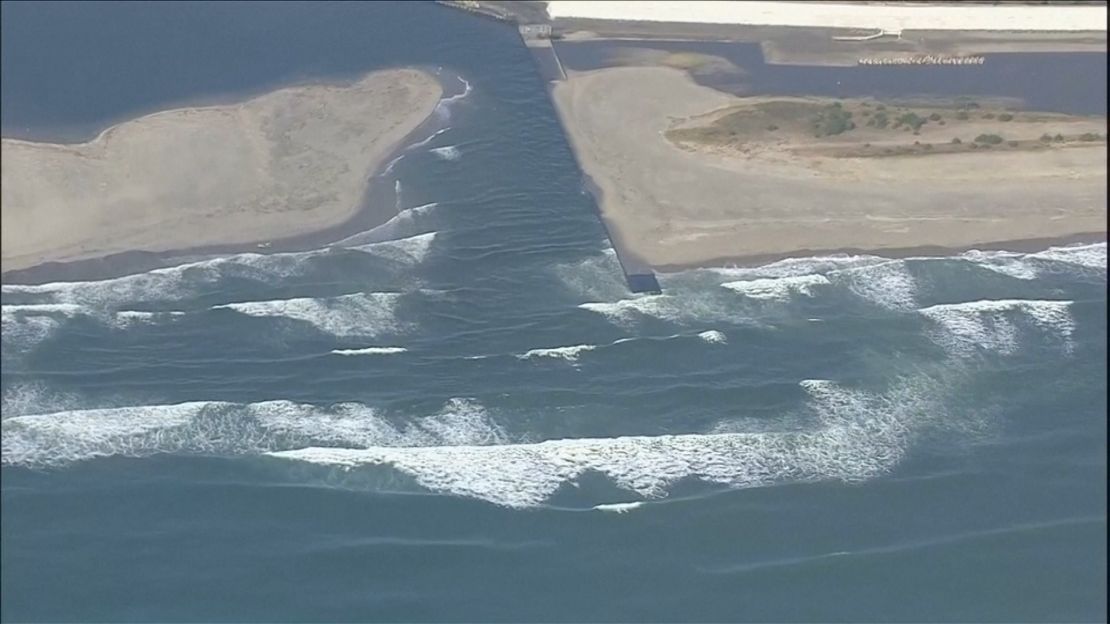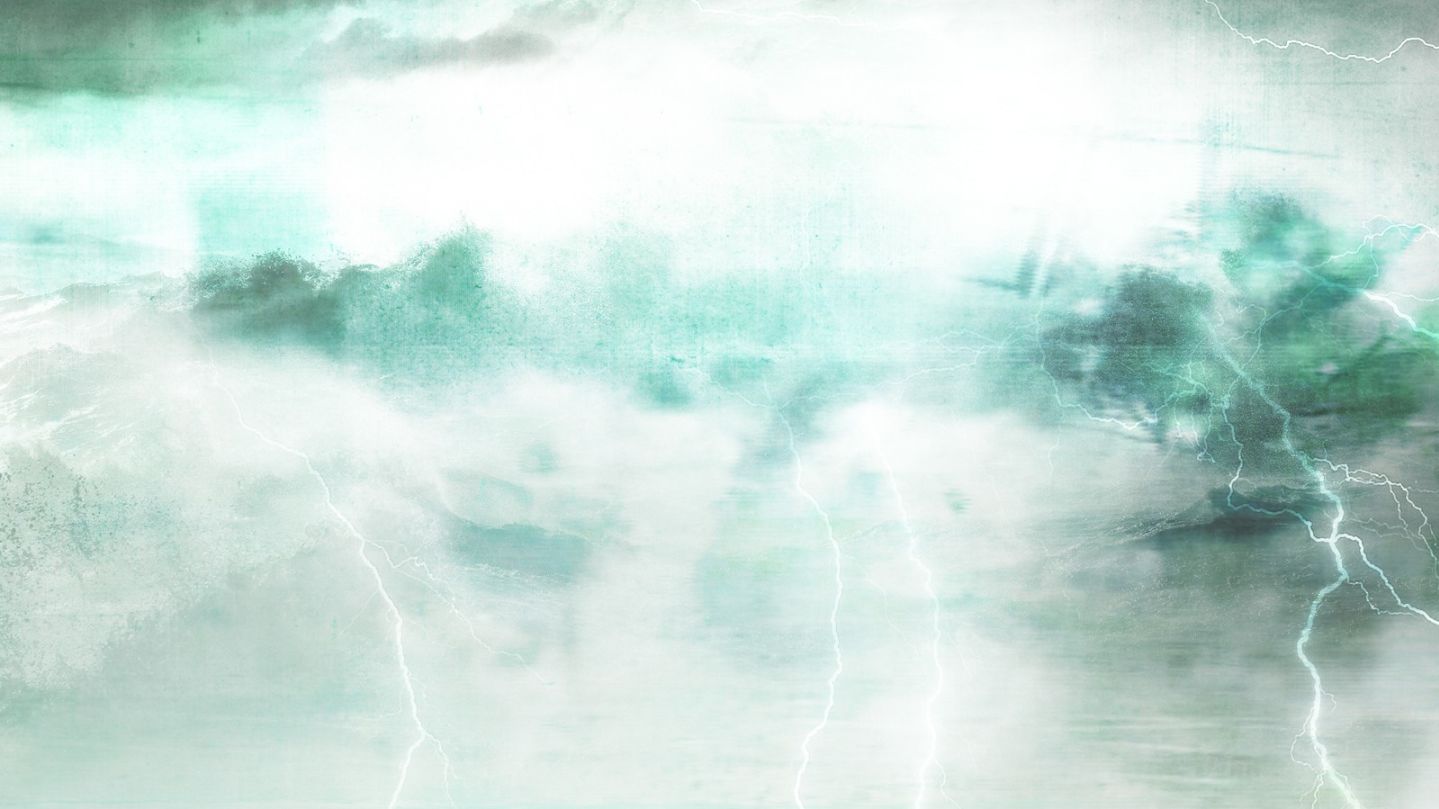Story highlights
Videos online show the tidal bore moving through rivers and canals
The strong earthquake and resulting tsunami in eastern Japan Monday did not result in significant damage or casualties, but it did produce an interesting and rare phenomenon known as a “tidal bore.”
Videos of the tidal bore have been showing up all over news sites and social media, purporting to be the tsunami itself – but what is actually causing the slow-moving waves to surge through the rivers, channels, and canals?
According to Andy Newman, an associate professor and geophysicist at Georgia Tech, “a tsunami acts much like a tide (hence the old name ‘tidal wave’), which can contain significant tidal bore structures.” Tsunamis used to be referred to as tidal waves, which is incorrect since they are not associated with the actual tides, but rather from earthquakes or other earth movements like landslides.

Tidal bores are waves that are formed by the extreme funneling of an incoming ocean tide into a long, narrow inlet or channel. The force of the incoming water is focused into the smaller area and pushes against the normal flow of the channel, forming the slow-moving wave that pushes upstream.
There are several locations on Earth that, as result of the local geography, experience large tidal bores, such as the Bay of Fundy in Canada, the Severn River in England and Qiantang River in eastern China (known as the Silver Dragon). During exceptionally large tides – such as those that occur during full moons – the tidal bores can be a visual marvel that draw large crowds and even surfers.
Though tidal bores forced from tsunamis are not nearly as dangerous as the actual tsunami arrival on the coastline, they can have some farther reaching impacts inland.
The waves from the tidal bore can travel many miles inland, Newman said, and “could catch individuals upstream that are unsuspecting and cause damage to piers in the river.”





